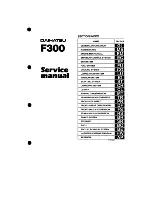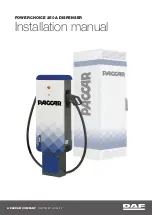
In the following cases, the degree of heating
is within the permissible limits:
R
the mains supply and charging cable
infrastructure are intact
R
the instructions for handling the charging
cable and control panel of the charging
cable are observed
If heating up beyond the permissible limits
occurs, have the mains supply infrastructure
checked.
Disposing of a charging cable
Do not dispose of a charging cable with
household rubbish, give it to a suitable recy-
cling service. Abide by the potential legal
requirements for recycling.
Understanding the vehicle socket
Vehicle socket overview
G
DANGER
Connecting the charging cable to the
mains supply via incorrectly installed
mains sockets or by means of adapters,
extension cables or similar could cause a
fire or an electric shock. There is a risk of
fatal injury.
To avoid hazardous situations, observe the
following:
R
Only connect the charging cable to
mains sockets:
-
which have been properly installed
and
-
which have been inspected by a quali-
fied electrician
R
For safety reasons, only use the charg-
ing cables supplied with the vehicle, or
charging cables which have been
approved for use with this vehicle.
R
Never use a damaged charging cable.
R
Do
not
use:
-
extension cables
-
extension reels
-
multiple sockets
R
Never use socket adapters to connect the
charging cable to the mains socket. The
only exception being if the adapter has
been tested and approved by the manu-
facturer for charging the high-voltage
battery of an electric vehicle.
R
Observe the safety notes in the operat-
ing instructions for the socket adapter.
:
Charge socket flap
;
Socket cap
=
Locking mechanism
?
Indicator lamp
A
Vehicle socket
Indicator lamp on the vehicle socket
When the indicator lamp on the vehicle
socket lights up, this means the following:
Indicator lamp
Flashes
green slowly
High-voltage battery is
charging.
Lights up
green
High-voltage battery is
fully charged.
Flashes
orange
slowly
Vehicle waiting for charg-
ing to start.
80
Charging the high-voltage battery
>> Driving
.
















































